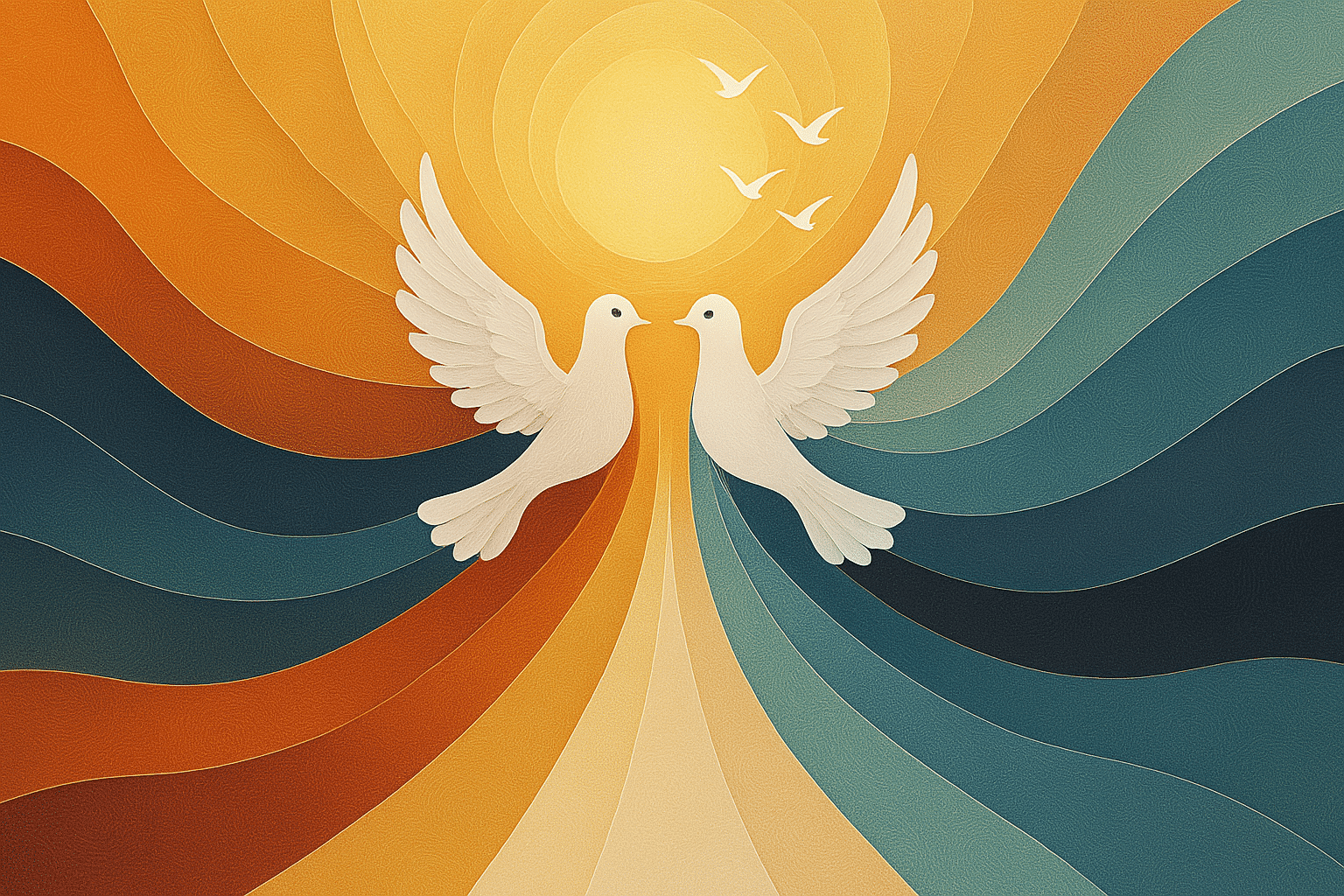What is Pentecost Monday?
Pentecost Monday, also known as Whit Monday or Second Pentecost, is a Christian observance that falls on the day after Pentecost Sunday. It continues the celebration of the Holy Spirit’s descent upon the apostles and the birth of the Christian Church. In many countries, Pentecost Monday is a public holiday, offering a day for extended religious services, community gatherings, and reflections on the impact of the Holy Spirit in Christian life.
History and Origin
The observance of Pentecost Monday dates back to the early centuries of Christianity when the day after Pentecost was also marked with special services and celebrations. The term “Whit Monday” comes from “Whitsun,” another name for the Pentecost season, which refers to the white garments worn by those newly baptized. Historically, Pentecost Monday was part of a longer festal period that extended the joy of Pentecost. Over time, its prominence has varied, with some Christian denominations placing more emphasis on it than others.
Who Celebrates Pentecost Monday?
- Christian Communities in Europe and Africa: Particularly in countries where Pentecost Monday is a public holiday.
- Eastern Orthodox Churches: Often observe it with special liturgies and processions.
- Roman Catholic and Protestant Churches: Some continue the Pentecost celebration with additional church services and community events.
- Church Members: Engage in extended worship, prayer, and community activities.
- Religious Organizations: Host events and educational activities that highlight the significance of Pentecost.
Slogans and Themes
The themes for Pentecost Monday are extensions of those from Pentecost Sunday, focusing on the ongoing presence and work of the Holy Spirit in the Church and believers’ lives. Slogans such as “Empowered for Mission,” “Living by the Spirit,” and “Spirit of Renewal” encapsulate the essence of this day.
Colors, Symbols, and Patterns
Colors:
- Red: Symbolizing the Holy Spirit and fire.
- White: Representing purity and new life in the Spirit.
- Green: Signifying growth and renewal.
Symbols:
- Dove: A representation of the Holy Spirit.
- Flames: Denoting the tongues of fire that appeared over the apostles.
- Wind: Symbolizing the breath of the Spirit.
Patterns:
- Flame Designs: Illustrating the descent of the Holy Spirit.
- Crosses: Signifying the Christian faith and the Holy Spirit’s work.
- Dove Motifs: Emphasizing peace and the Holy Spirit’s presence.
Most Used Hashtags
- #PentecostMonday
- #WhitMonday
- #HolySpirit
- #ChurchCelebration
- #SpiritOfRenewal
How to Celebrate
- Attend Church Services: Participate in extended worship and prayer services focused on the Holy Spirit.
- Community Gatherings: Join in meals, picnics, and fellowship events to foster community spirit.
- Educational Workshops: Engage in Bible studies and discussions about the Holy Spirit’s role in the Church.
- Outreach Activities: Organize and participate in community service projects inspired by the Spirit’s call to serve.
- Prayer and Reflection: Spend personal time in prayer, seeking the guidance and renewal of the Holy Spirit.
Pentecost Monday offers an additional day to bask in the joy and empowerment of the Holy Spirit, extending the celebration of Pentecost and deepening the faithful’s understanding and appreciation of this pivotal event in Christian history. Whether through worship, community gatherings, or personal reflection, Pentecost Monday reinforces the ongoing mission to live by and spread the Spirit’s gifts.
Features
- Religious
